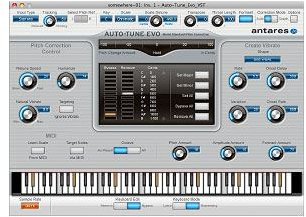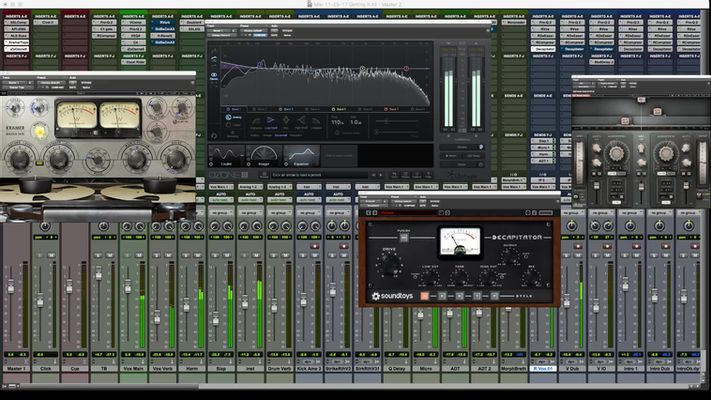

As before, correction can be chromatic, or restricted to a preset or user‑designated scale. A row of small buttons and knobs at the top of the screen control input type, scale, key, formant adjustment, transpose, detune and tracking.Ī new Basic view makes only the key Auto mode parameters available.The centre of the window is now dominated by a circular display that shows how much pitch‑shift is being applied, with the detected note displayed in the centre.

Views can be switched during a session to de‑clutter the GUI if required, and any changes made in Advanced mode will still apply. The number of controls has grown over the years, and in this new Pro version, the Auto mode can be switched between a Basic view, which hides some of the more exotic features to help the new user, and an Advanced view where all the controls are available.
#Autotune for pro tools manual#
The automatic, real‑time mode gives results fast, while a more forensic graphical editing mode can produce more natural results if you have the time for some manual editing. Like previous versions of Auto‑Tune, the Auto‑Tune Pro plug‑in can operate in two modes. This brings a very fresh new look, with major GUI improvements, as well as a few ‘under the hood’ changes and added features. Naturally, there have been frequent updates in that time, and the latest of them introduces Auto‑Tune Pro. Auto‑Tune keeps evolving, and the latest version incorporates both its best pitch‑correction ever and a nod to its past.Īntares’ Auto‑Tune was the first automated pitch‑correction plug‑in, and more than 20 years on it is still in daily use throughout the world.


 0 kommentar(er)
0 kommentar(er)
